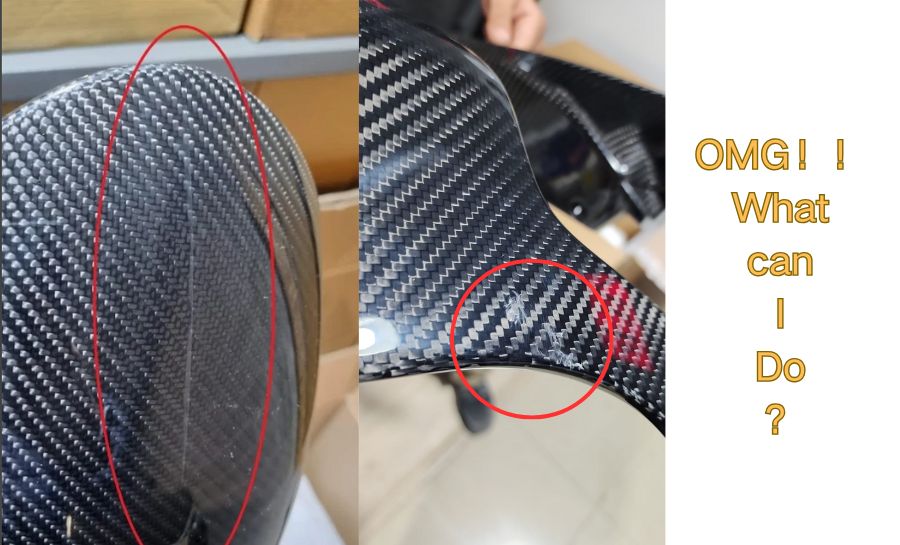When Ducati released the Panigale V4 R with a full carbon fiber fairing, it shaved 1.5kg off the front end – a game-changer for track riders. But is carbon fiber worth the cost for your daily ride? Let’s break down the science, myths, and real-world data.
1. Core Comparison
| Index | Carbon Fiber Parts | Aluminum Alloy Parts |
| Weight (Same volume) | 40%-60% Lighter |
Base weight |
| Tensile Strength | 500-700 MPa | 200-400 MPa |
| Corrosion Resistance | No rust, resistant to chemical corrosion | Requires anodizing treatment to prevent rust |
|
Suitable for the scene |
Track Racing/High-End Modification | Commuting/Basic Modification |
2. Real case: Yamaha MT-09 modification test
“We installed a carbon fiber fuel tank cover, front fender and exhaust cover on the MT-09 and conducted 3 months of real-world testing:
Weight reduction: a total saving of 1.8kg (equivalent to carrying 3 bottles of mineral water while riding).
Temperature control: The surface temperature of the carbon fiber exhaust hood is 22°C lower than that of aluminum (infrared thermometer data).
User feedback: “The front of the car responds significantly faster when cornering, but you need to be careful about scratches on gravel roads.” – User @MotoGearLab


FAQ
Q: “Are carbon fiber parts really prone to cracking?”
A: Depends on the craftsmanship! Low-end "wet carbon" lamination is uneven and prone to delamination, while high-pressure molding of prepreg (such as our company's XX technology) can increase impact resistance by 300%.
Q: “How to judge the quality of carbon fiber texture?”
A: Be wary of “purely decorative” films! Real carbon fiber should have clear three-dimensional texture (compare the picture below), and traces of fiber weaving can be seen on the back.





